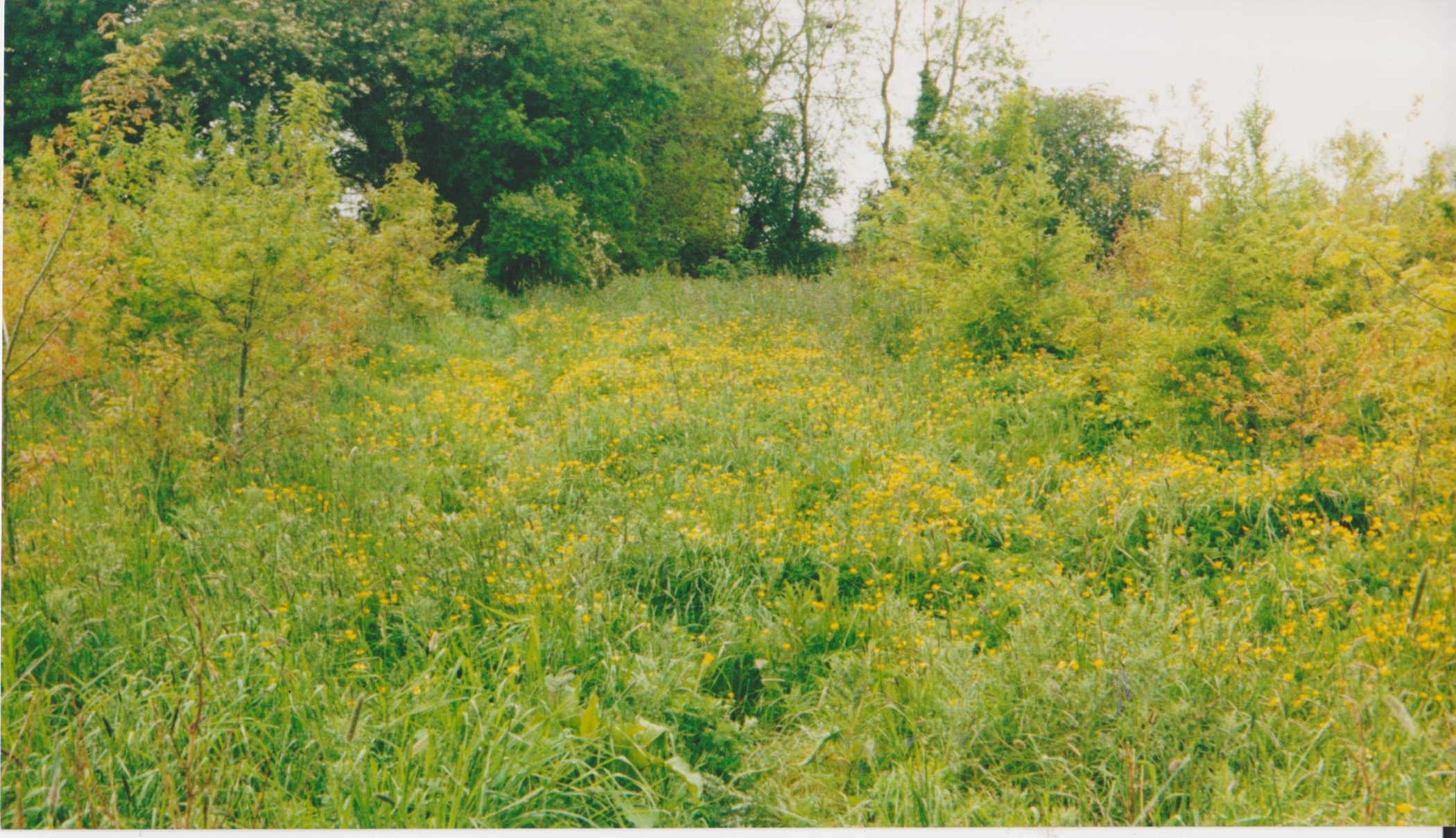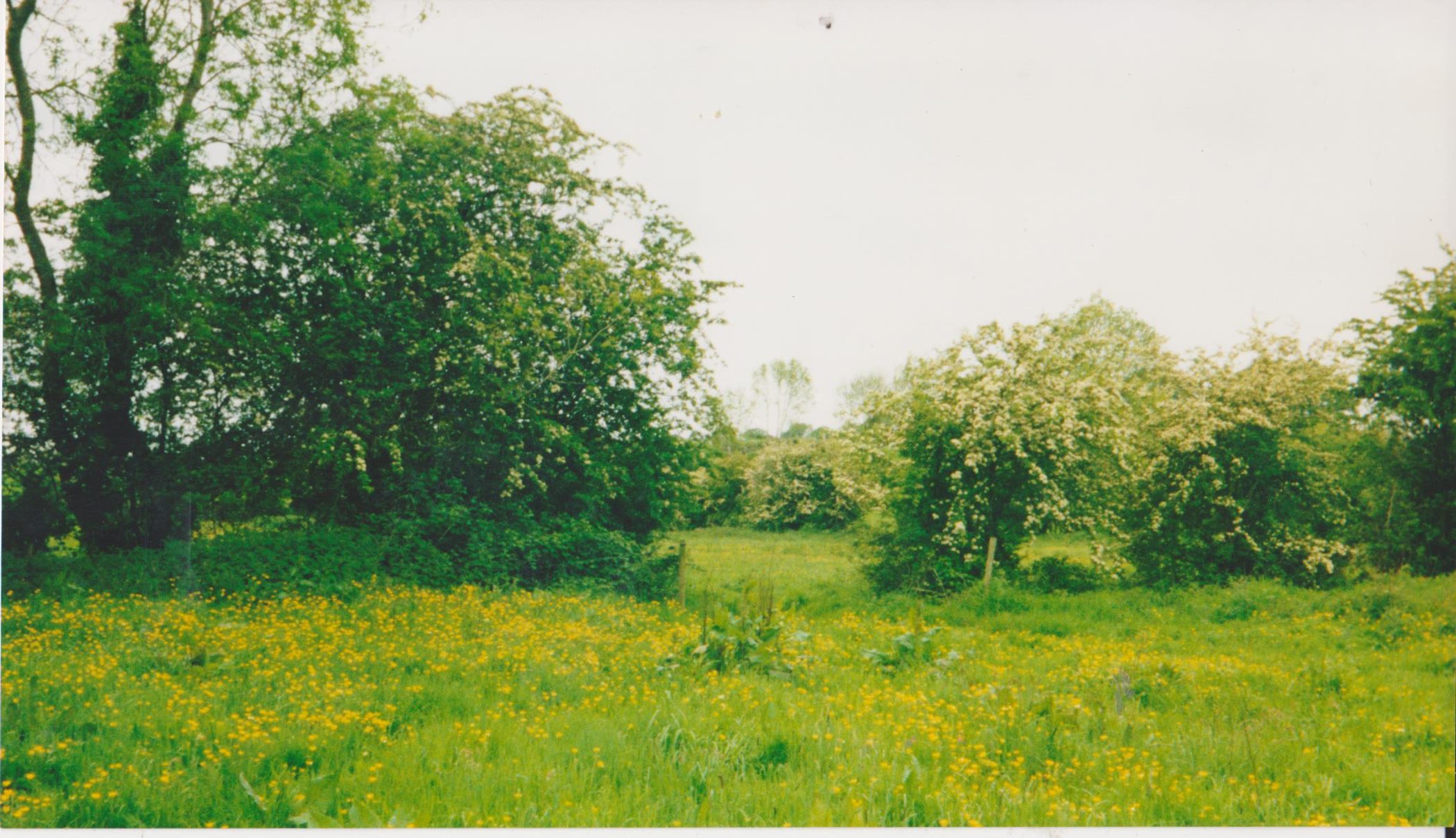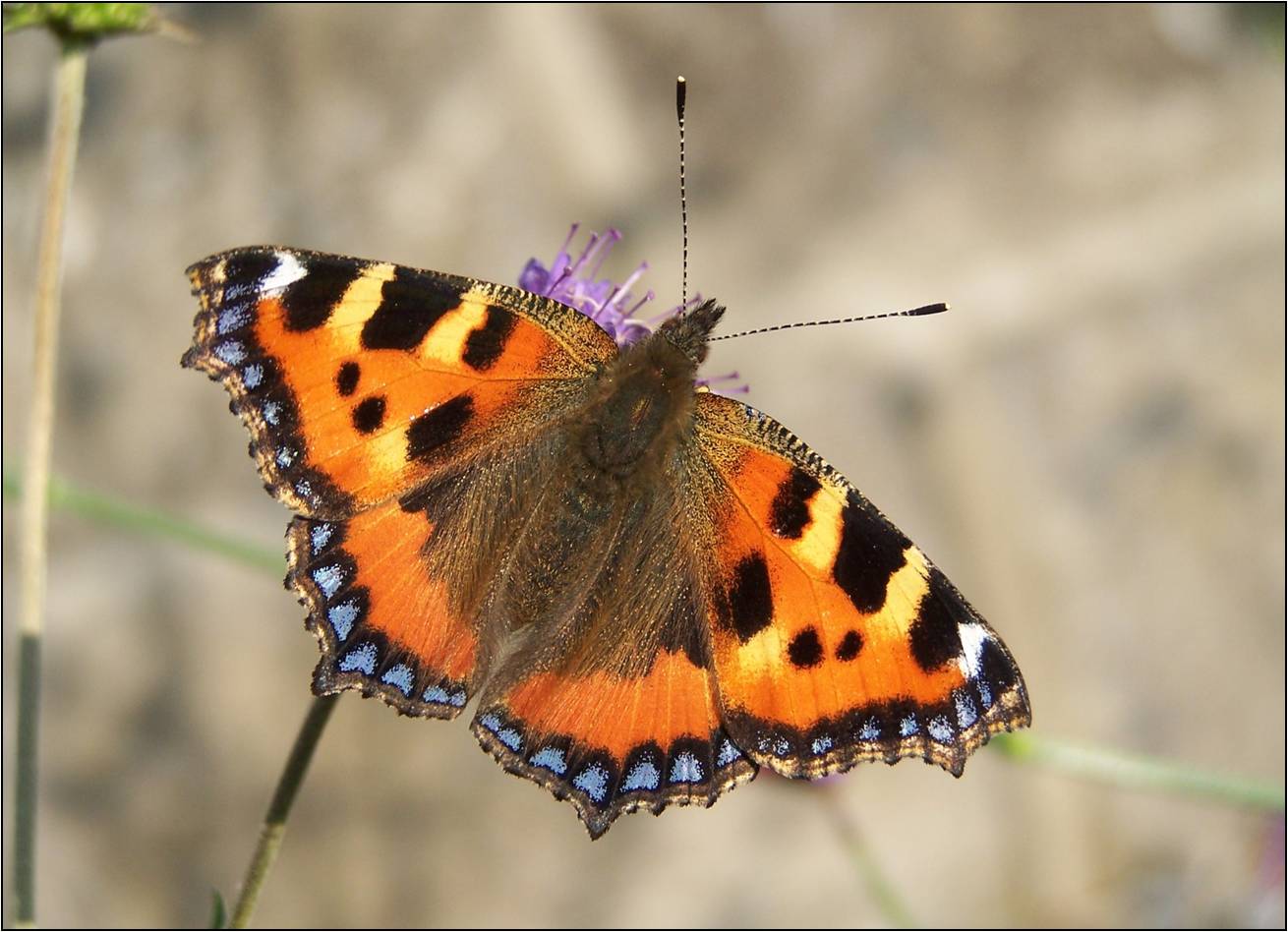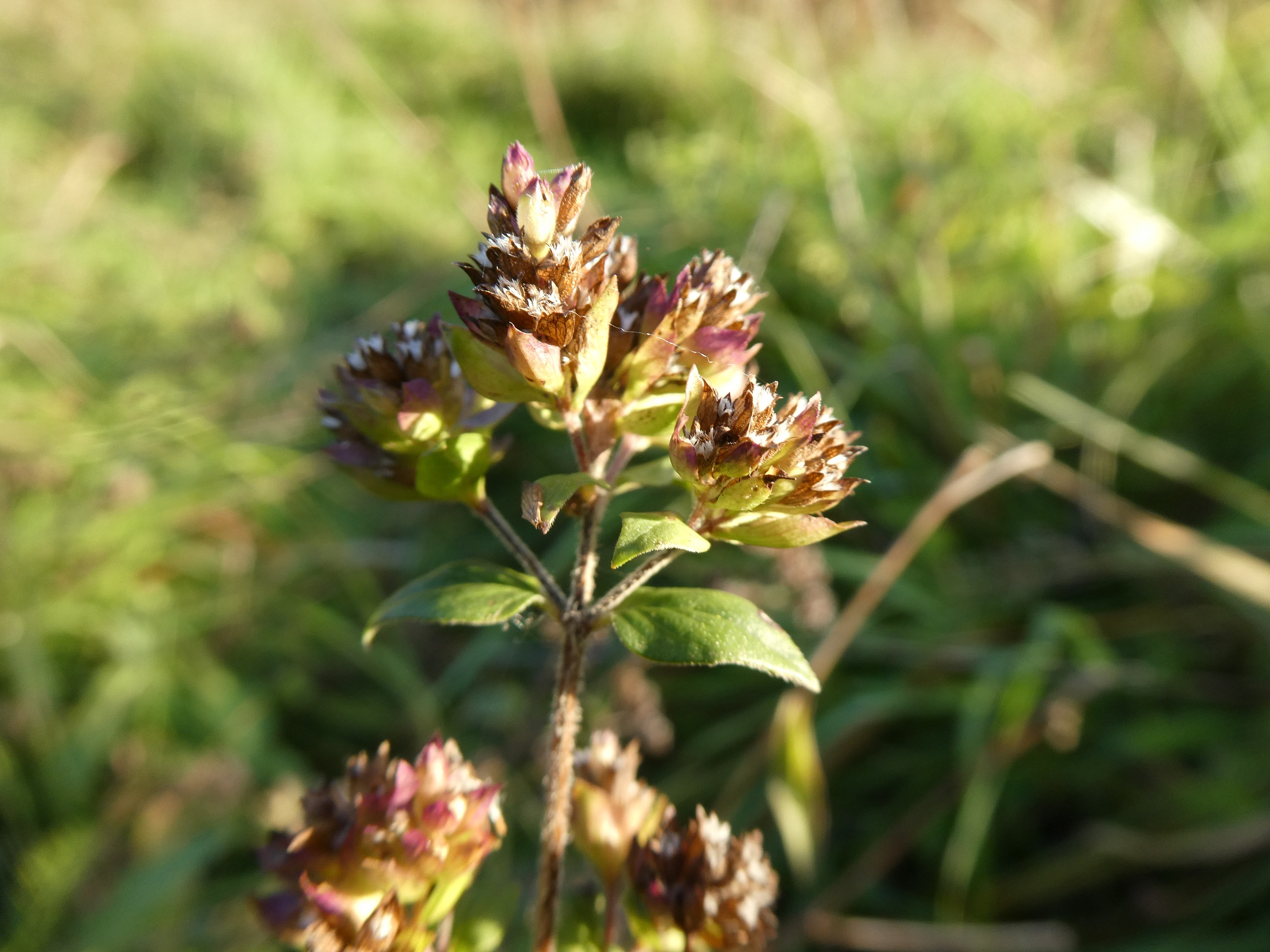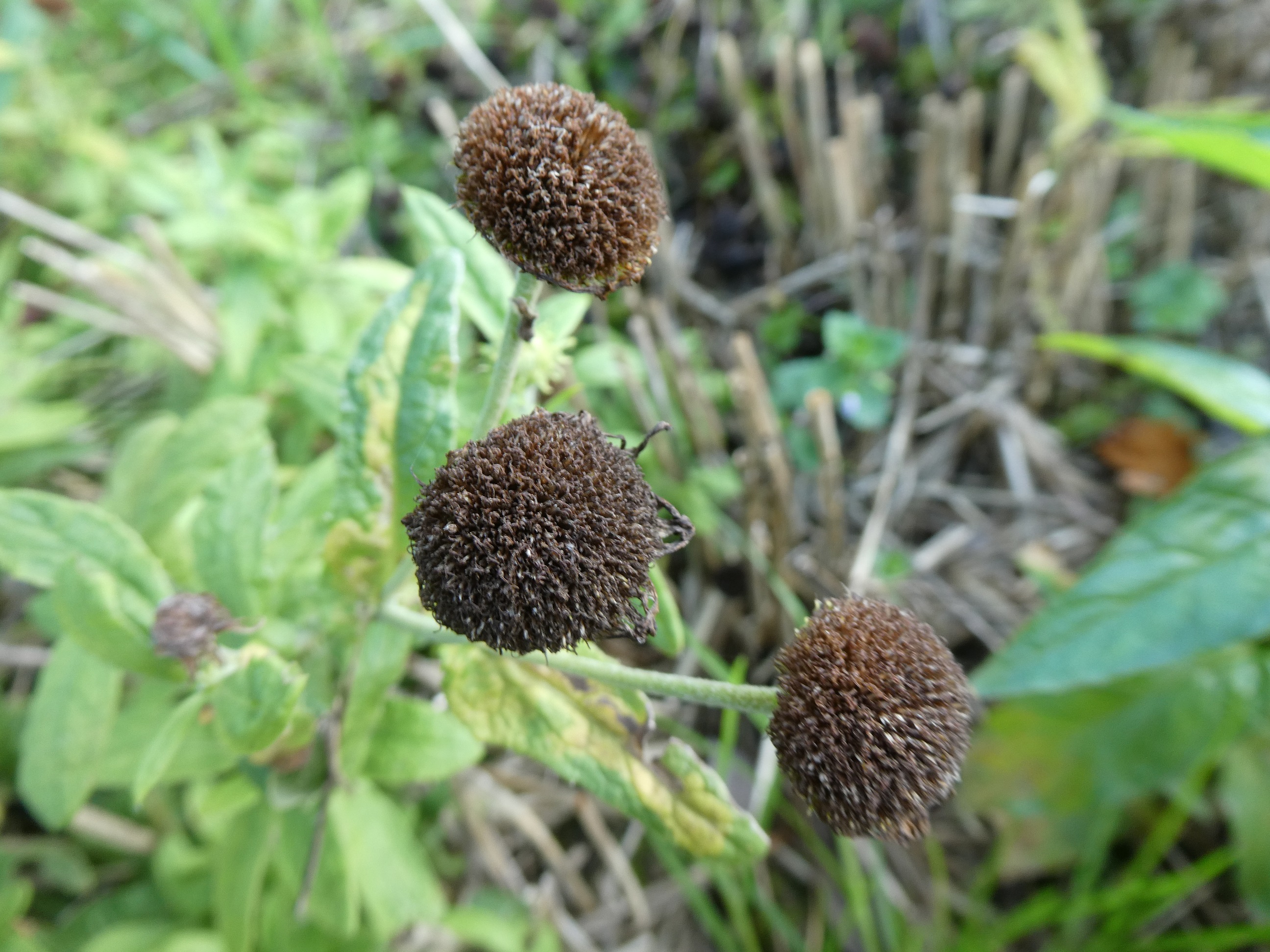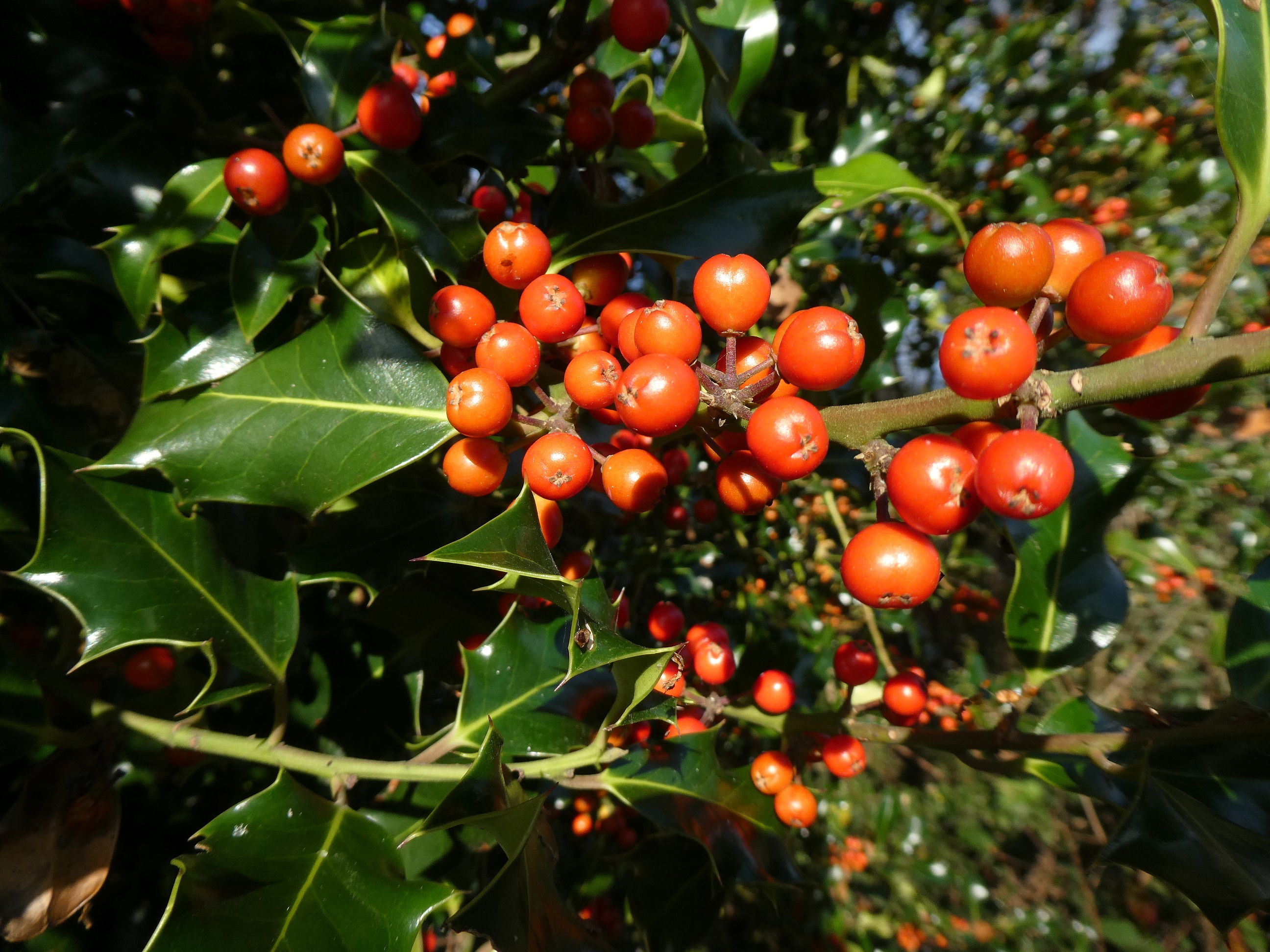Article by Richella Duggan
Last Autumn we were contacted by Peter Cunningham from Westmeath – about a special exhibition of butterfly-themed art launching in early October in the parish of Drumraney County Westmeath.
Peter explained that he and fellow parishioner Christy Grimes were arranging an exhibition of artworks by three disabled artists from the UK – Christine Bielby, William Birch and Elaine Garsden. The artists are keen butterfly enthusiasts and wished to donate all proceeds from the exhibition to Butterfly Conservation Ireland. I was honoured to attend the exhibition on behalf of BCI – to meet the three artists and their carer Linda Lord – and the many people of Drumraney parish who attended and supported the exhibition on the night.
Christine, Elaine and William have been visiting Drumraney for many years and join the community every year for several months – living in a house close to the Holy well of Saint Enán – a hermit who established a monastery in Drumraney around 588AD.
Over the years Linda has managed the area around their home in harmony with nature – planting additional native trees and by creating a large pond area. Christine, Elaine and William tend the garden and sow wildflowers to support butterflies, bees and other pollinators.
The exhibition was hosted by Fr Oliver Devine in the parish Church of the Immaculate Conception on October 4th, which appropriately is the feast day of St Francis of Assisi. Before the exhibition launch – at a mass to celebrate the feast day – Fr Oliver said the artists were following in the footsteps of St Francis, who found God in the beauty of nature. He spoke of how the hermit St Enán was closely connected to the wildness of the locality – and how appropriate it was now that the area was maintained and cherished by Christine, Elaine, William and Linda.
A power-point presentation in the church displayed photographs some of the work carried out at their home and garden and showed the artists preparing for the exhibition. The source of inspiration for their art was clear to see in the images shown, which were filled with amazing greenery and colourful wildflowers; it looks to be an ideal habitat for many of our butterfly species.
Peter explained to me that William, Christine and Elaine had joined the parish prayer group some years ago and from time to time they presented him with drawings and paintings. When they expressed a wish to hold an exhibition someday, Peter and Christy Grimes decided that they would organise the exhibition in Drumraney church. With Linda and Christy’s support, the three artists dedicated several months leading up to the exhibition to completing the many beautiful works which lined the walls of the church.
Last week I was invited back to the parish to accept an amazing donation of €425. Butterfly Conservation Ireland would like to express sincere gratitude to the people of Drumraney for their incredible generosity and hospitality.
We’d like to thank Peter, Christy and Linda for the considerable work that they put into setting up the exhibition and to Fr Oliver Devine for hosting the event.
Most of all we want to thank Christine, Elaine and William. It was inspiring to witness their wonderful talents and their genuine love of nature and butterflies. I look forward to visiting them again when they return to Drumraney next year.


